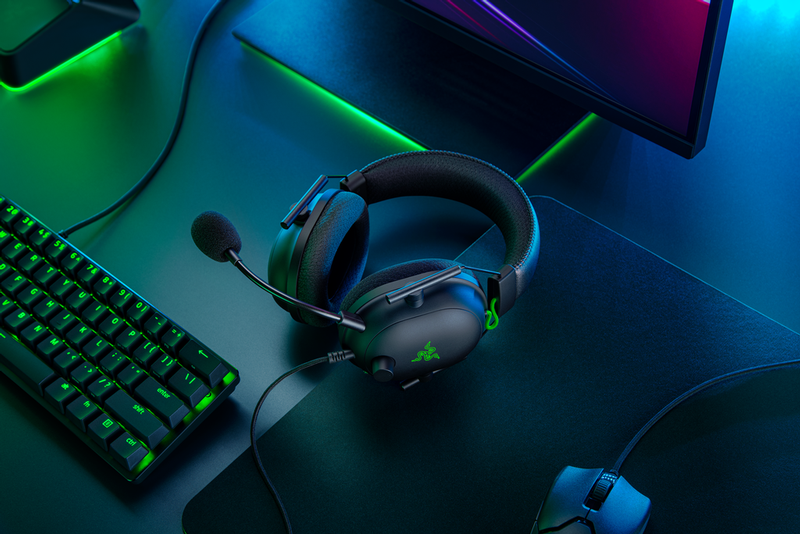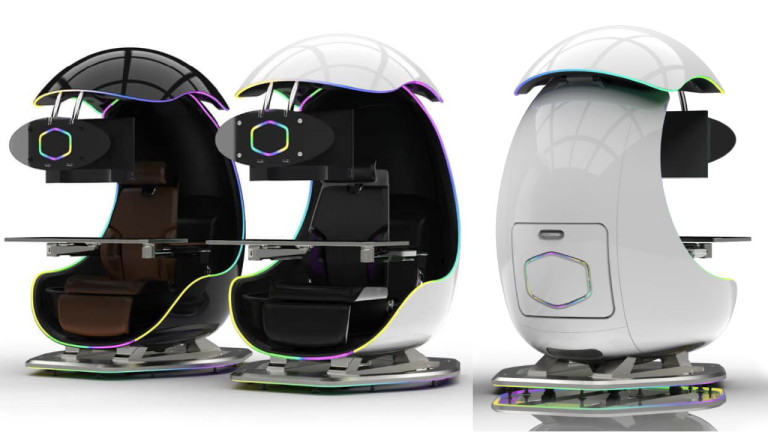Everything you need to know about Simulated Surround Sound
Traditional surround sound uses multiple speakers to offer multiple outlets for different sounds to go through. Provided the audio signal of the movie you’re watching or the game you’re playing supports surround sound, it can send the right sound through the right speaker to provide a sense of directionality. That means the sound of something coming up from behind you will actually come from behind you.
Surround sound has been primarily channel-based for the technology’s lifespan, mixing audio specifically for a certain number of channels. A newer model, spatial audio, is even more advanced. Instead of mixing sound into channels at the content level, sound is mixed around a 360-degree circle or sphere, with every audio source in the content precisely placed. This type of surround sound is more technically complicated, but it can scale to any size speaker system and supports height for true 3D playback that can come above or below you. Many movies are mixed with spatial audio for theaters and even home playback; Dolby Atmos and DTS:X are two such spatial audio technologies.
A lot of the 3D video games employ some form of spatial audio on the fly simply by how their engines work. The game engine determines where sounds are coming from, then mixes that sound to a stereo, 5.1-channel, or 7.1-channel stream. The problem here is that while downmixing all of those sources to a set number of channels is fairly easy, processing, rendering, and outputting a full 3D audio stream is much more processing-intensive, and the vast majority of games don’t bother going that route. Several major titles do support Dolby or DTS spatial audio in some form, at least for headphones, yet many output audio entirely in conventional channel-based surround sound.

Clearly, the stereo drivers in headphones can’t provide the same immersive, directional effect as multiple speakers can, which is where surround audio processing technologies come in. Tech like Dolby Atmos for Headphones, DTS Headphone:X, THX Spatial Audio, and Windows Sonic take directional audio data and determine on the fly how to mix it best into the left and right channels of your headphones. It’s more than simply sorting out what sound goes into what ear. These systems figure out how to best pan and fade every element of what you’re listening to based on their direction to give the best impression of that direction to your ears.
This may sound like it just downmixes audio into stereo, and can’t give any sense of forward-backward direction. In fact, that was the impression I had of the technology for years, but after listening to it steadily improve, I can say that it really does make a difference. No, you can’t get the proper acoustics from headphones to let you really tell the difference between a sound coming from in front of or behind you, but with the right mixing, you can at least get a strong sense of it, along with very precise imaging from left to right. For first-person shooters, it can be a big tactical advantage.
It could also let movies and games much more immersive. Even without the acoustic precision of a surround speaker system, proper directional audio processing through headphones can really make whatever you’re watching or listening to feel bigger and more realistic.
Get the Surround Sound with a gaming headset

There are a lot of higher-end gaming headsets offer built-in simulated surround sound. These headsets usually connect to your PC or console over USB, either with their own surround-processing sound cards incorporated into the connection, or with a token or code that authorizes the use of software that provides the feature.
It is so easy, but device-specific, and could potentially be limited to channel-based surround sound if your headset isn’t designed for spatial audio. You plug in your headset, and it configures as a surround-capable device. You might need to install a companion app to enable the surround feature, but this is usually a simple toggle, perhaps with additional options to let you tweak how it sounds for you. How easy it is to set up depends on the model and the platform, with computers often requiring configuration through an app and consoles usually handling it automatically.





